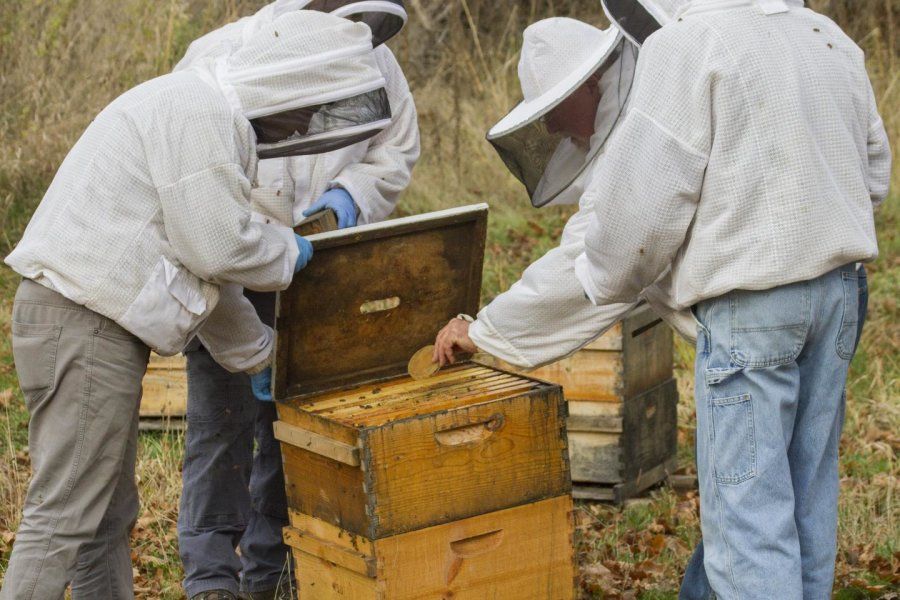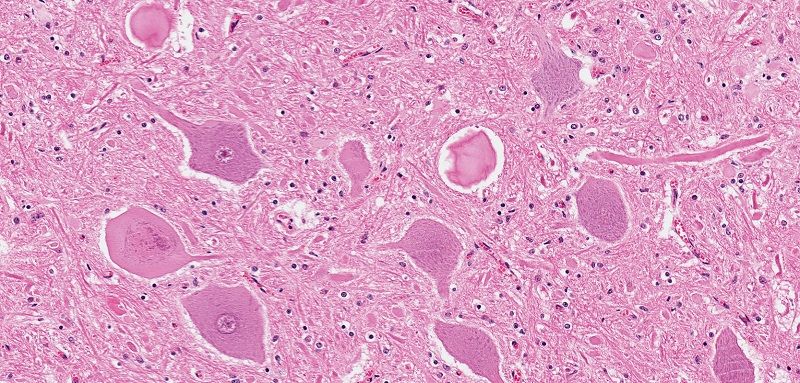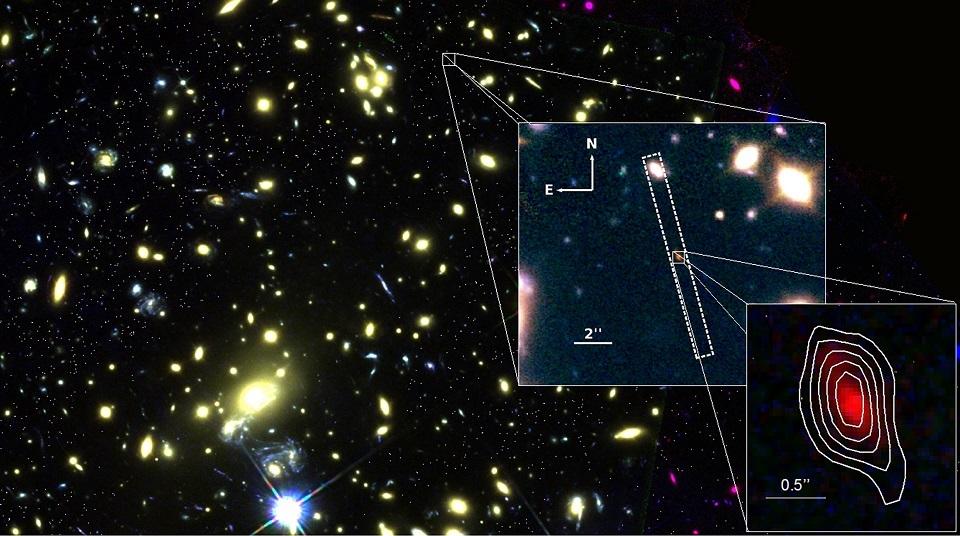This is Part 1 of a 5-part series by USTP’s Foreign Ambassador in Nigeria, Chogwu Abdul, as he explores the thought-provoking intricacies of James Hughes’ “Problems of Transhumanism.”
Become a member of the U.S. Transhumanist Party / Transhuman Party for free, no matter where you reside: https://transhumanist-party.org/membership/
Ojochogwu Abdul
Introduction
In 2010, James Hughes, Executive Director of the Institute for Ethics and Emerging Technologies (IEET), having then just stepped down from the Board of Directors of the World Transhumanist Association (presently known as Humanity+), took up an interesting challenge during the Spring of that year to reflect on the current state of transhumanist thought and determine what the questions were that the transhumanist movement needed to answer in order to move forward. Introducing a series of articles with which he hoped to navigate through a number of heady ideas and issues concerning transhumanism, Hughes opens by posing: “What are the current unresolved issues in transhumanist thought? Which of these issues are peculiar to transhumanist philosophy and the transhumanist movement, and which are more actually general problems of Enlightenment thought?” Further, he queried, “Which of these are simply inevitable differences of opinion among the more or less like-minded, and which need a decisive resolution to avoid tragic errors of the past?”








